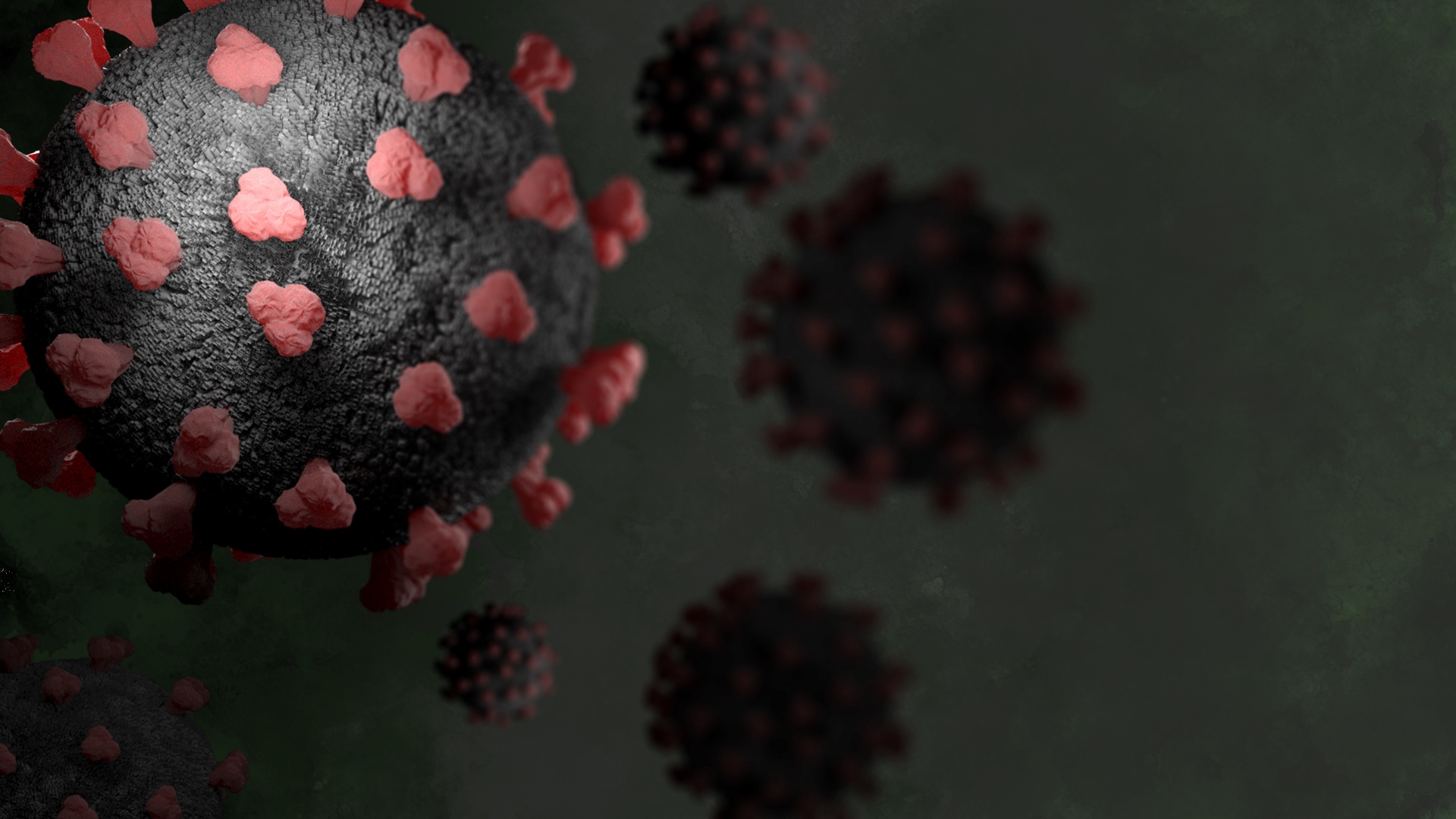Media release
From:
JAMA
Estimated Global Proportions of Individuals With Persistent Fatigue, Cognitive, and Respiratory Symptom Clusters After COVID-19
About The Study: In this modeling study with data for 1.2 million individuals (from 22 countries) who had symptomatic SARS-CoV-2 infection in 2020 and 2021 and survived the acute phase, an estimated 6.2% experienced at least one of the three Long COVID symptom clusters (persistent fatigue with bodily pain or mood swings; cognitive problems; or ongoing respiratory problems) three months after acute infection onset. The risk of Long COVID was greater in females and in those who needed hospitalization for the initial SARS-CoV-2 infection, particularly among those needing intensive care unit care.
Organisation/s:
The University of Queensland, University ofWashington, USA, Global Burden of Disease Long COVID Collaborators
Funder:
Erasmus University Medical
Center received funding from the ZonMW COVID-19
Programme, Laurens (the Netherlands), and
Rijndam Rehabilitation. The Institute for Health
Metrics and Evaluation at the University of
Washington received funding from the Bill &
Melinda Gates Foundation and Bloomberg
Philanthropies. Uppsala University received funding
from the Knut and AliceWallenburg Foundation,
the Swedish Heart-Lung Foundation, the Swedish
Kidney Foundation, the Swedish Society of
Medicine, and the Swedish Research Council. The
Queensland Centre for Mental Health Research
received funding from the Queensland Department
of Health. The Iran National Science Foundation,
the National Institute of Health Researchers of Iran,
and theWorld Health Organization provided
funding for Drs Haghjooy Javanmard,
Mohammadifard, and Sarrafzadegan. Cooperation’s
p/f Krunborg and Borgartun, the Velux Foundation,
the Faroese Research Council, the Faroese
Parkinson’s Association, and the Faroese Health
Insurance Fund provided funding for Dr Petersen.
The National Institute on Aging and the National
Institute on Minority Health and Health Disparities
provided funding for Dr Xu. The Benificus
Foundation provided funding for Dr Adolph. The
National Science Foundation provided funding for
Drs Aravkin and Reiner. The Ministry of Health
(Rome, Italy) and the Institute for Maternal and Child Health IRCCS Burlo Garofolo (Trieste, Italy)
provided funding for Dr Monasta. The Ministry of
Education, Culture, Sports, Science, and
Technology of Japan provided funding for
Dr Nomura. The South African Medical Research
Council provided funding for Dr Wiysonge.



 Australia; International; QLD
Australia; International; QLD



